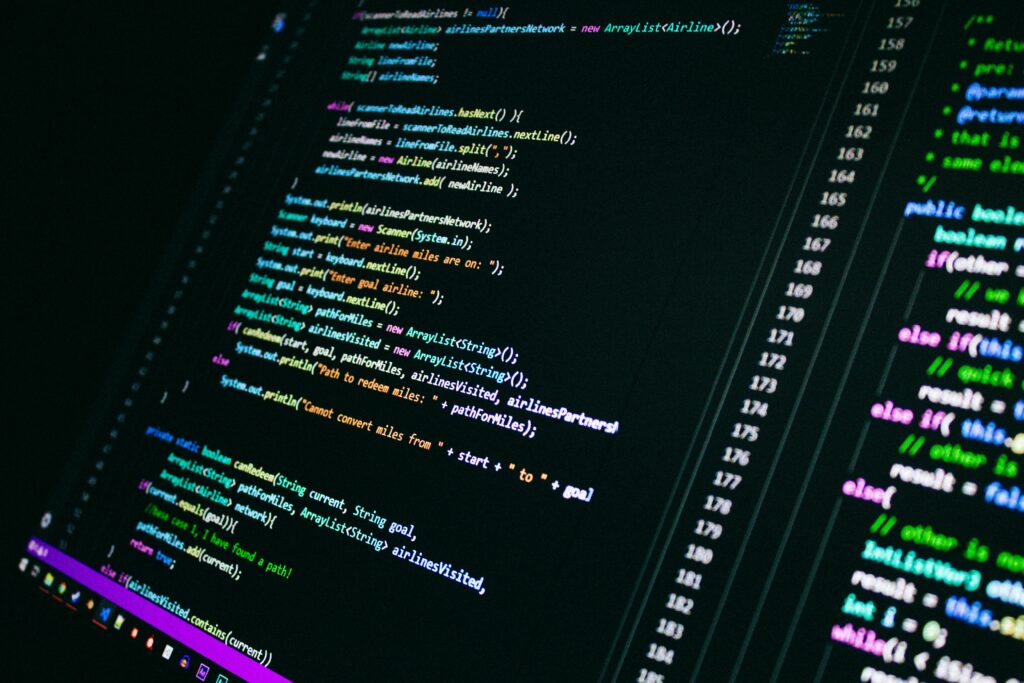The world of coding and programming has historically been a challenging terrain for many, especially for beginners. However, recent advancements in Artificial Intelligence (AI) have begun to revolutionize the way people approach learning to code. AI tools are making coding more accessible, intuitive, and less intimidating for beginners. In this article, we explore how AI is transforming the coding landscape, increasing accessibility, and how even beginners can get started with AI programming.
How Can AI Help with Coding?
AI plays a crucial role in simplifying coding for beginners by automating repetitive tasks and providing real-time assistance. Here’s how AI can make coding easier:
Code Suggestions and Auto-Completion: Tools like GitHub Copilot use AI to analyze the context of the code you’re writing and suggest possible completions or functions. This helps beginners understand the structure and syntax of programming languages, guiding them as they write code.
Error Detection and Debugging: AI can automatically identify errors and bugs in code, which would typically require advanced problem-solving skills. Platforms like Kite and Tabnine provide instant feedback on syntax errors, logic flaws, and help with troubleshooting, which is incredibly valuable for beginners.
Learning by Example: AI-driven platforms provide real-world examples and tutorials. For example, Replit and SoloLearn offer interactive coding exercises that let beginners learn by doing, while AI offers instant feedback to accelerate the learning process.
How Does AI Increase Accessibility?
AI is a game-changer for increasing accessibility in coding for several reasons:
Low-Code/No-Code Platforms: AI is powering low-code and no-code platforms that enable beginners to create functional applications without extensive coding knowledge. These platforms use AI to simplify the process of building apps, making coding accessible to individuals with no programming experience.
Natural Language Processing (NLP): AI is also bridging the gap between human language and programming languages. NLP tools allow users to write instructions or requests in plain English, which the AI then converts into executable code. This significantly lowers the barrier to entry for beginners who may struggle with complex coding syntax.
Smart Tutors and Assistants: Virtual coding assistants, such as Mitsuku AI and Google’s DialogFlow, can act as personalized tutors for learners, helping them understand programming concepts and guiding them step-by-step through coding exercises.
By providing these tools, AI is democratizing access to coding education, ensuring that anyone, regardless of their background or prior knowledge, can learn how to code.
How to Code an AI for Beginners?
Creating AI from scratch might seem like an advanced task, but with the right resources, beginners can start learning how to code AI as well. Here’s how to get started:
Learn Basic Programming: Before diving into AI, it’s important to have a solid foundation in basic programming languages like Python, JavaScript, or Java. Python, in particular, is highly recommended for beginners because of its simplicity and widespread use in AI development.
Use Beginner-Friendly AI Tools: There are several AI tools designed specifically for beginners. Platforms like Teachable Machine by Google allow users to create simple machine learning models without writing a single line of code. Microsoft’s Azure AI also provides beginner-friendly environments to experiment with AI and machine learning.
Start with Tutorials and Courses: Numerous free and paid courses are available for beginners interested in coding AI. Websites like Coursera and Udemy offer beginner-level courses on AI and machine learning, often including hands-on coding exercises and projects to solidify your understanding.
By following these steps, beginners can begin their journey into AI development and start building their own AI models, starting with simple tasks and gradually advancing to more complex projects.

How Does AI Work for Beginners?
For beginners, understanding how AI works can seem like a daunting task. However, AI is built on accessible concepts and can be broken down into manageable pieces:
Machine Learning Basics: At its core, AI is powered by machine learning (ML). Machine learning allows computers to learn from data and make decisions based on patterns. Beginners can start by learning the basics of machine learning algorithms, such as decision trees, regression models, and neural networks.
Interactive Learning Platforms: AI tools like Codecademy and DataCamp offer interactive learning environments where beginners can experiment with AI concepts through coding exercises. These platforms guide users step-by-step and explain complex AI concepts in easy-to-understand language.
Pre-Built AI Models: Many AI platforms, such as IBM Watson and TensorFlow, offer pre-built AI models and frameworks that beginners can explore and modify. This allows them to understand how AI works without having to start from scratch.
"AI is not just changing the way we code, it's making coding accessible to anyone, regardless of experience, and empowering the next generation of innovators."
Conclusion
AI is undoubtedly making coding more accessible to beginners, offering them tools and resources to simplify the learning process. From auto-completion and error detection to low-code platforms and interactive tutorials, AI is breaking down the barriers that once made coding seem difficult and exclusive. By leveraging these AI-driven tools, anyone can begin their coding journey with confidence and gradually expand their skills in artificial intelligence.



